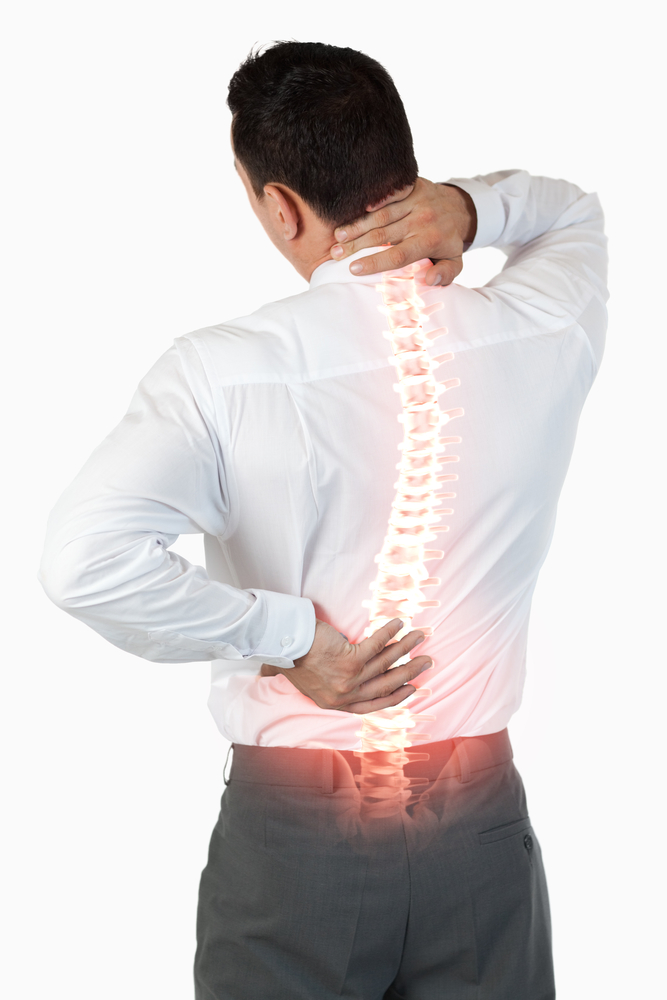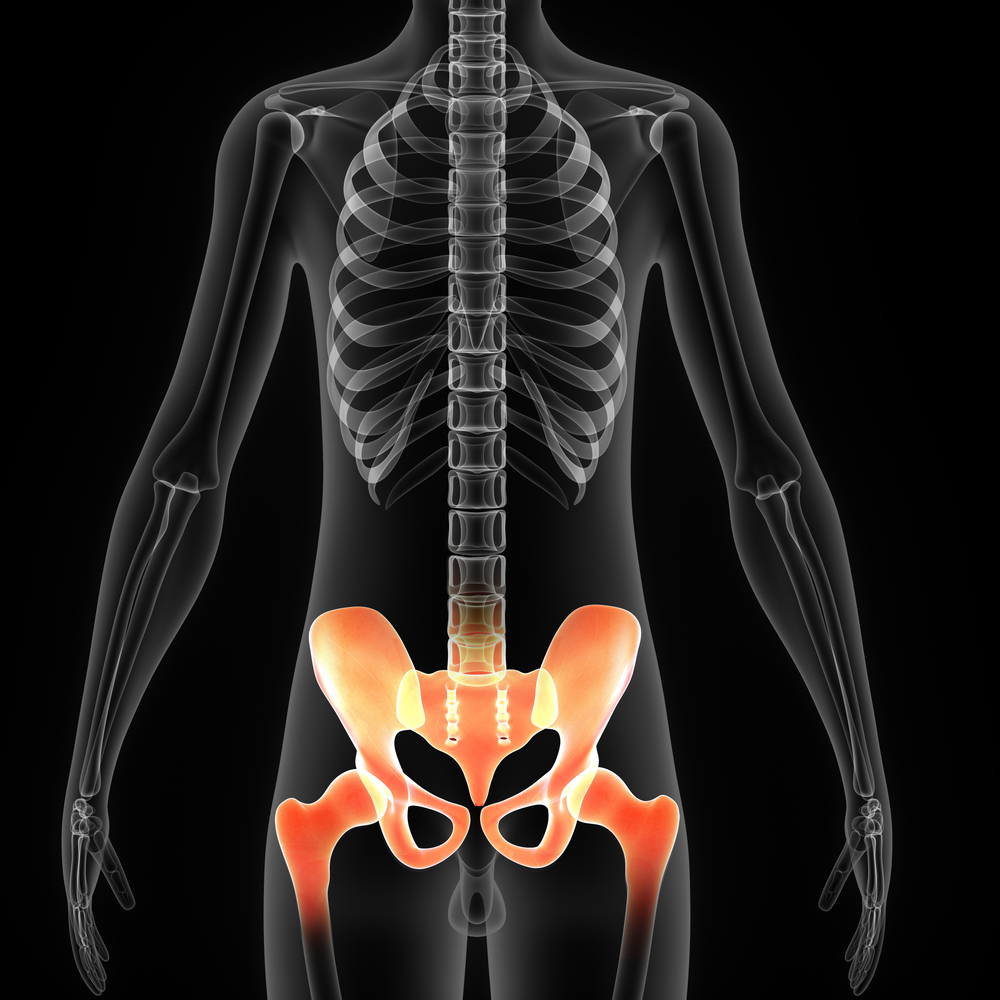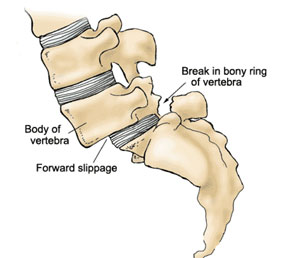Physiotherapy (also known as physical therapy) and Chiropractic care share a similar space in the treatment and management of pain and stiffness in your body. Both are practised by licensed professionals with years of education in the sciences, but their approaches can be slightly different.
| Physical Therapy/Physiotherapy | Chiropractic Care |
| Pain-free movement is one of the key primary goals. | Pain relief and alignment of the spine are key primary goals. |
| Focuses on how the body moves and functions as a whole. | Focuses mostly on issues related to back pain, neck pain, joint pain in the arms or legs, and headaches. |
| Physiotherapists help you perform stretches and exercises, as well as performing some manipulations for certain conditions, to improve your mobility. | Chiropractors perform manipulations and adjustments to help your body heal itself. |
| Physiotherapists work in just about any healthcare environment, as well as your home. | Chiropractors usually need specialised spaces and equipment to perform adjustments and manipulations. |
Which therapy should you choose?
So, what’s the best way to determine which type of therapy is right for you? That really depends on the type of condition you have and your specific needs.
Sometimes, depending on your condition, you may even want to use both Physio and chiropractic care to help relieve pain and improve your quality of life.
Have any more questions? Feel free to email us at info@capitalphysiotherapy.com.au and one of our team would be happy to discuss how we can help you!


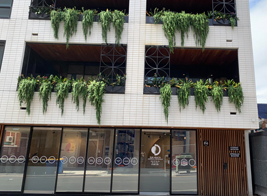
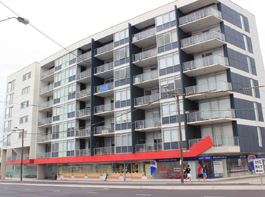
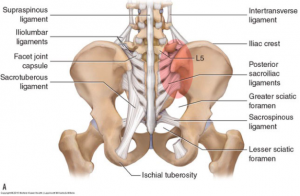
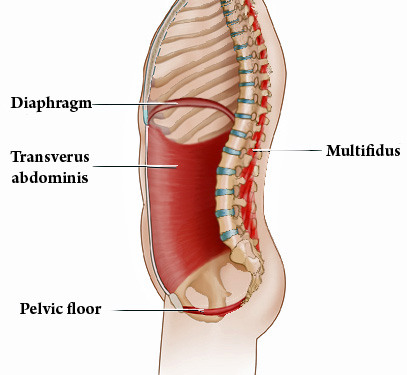
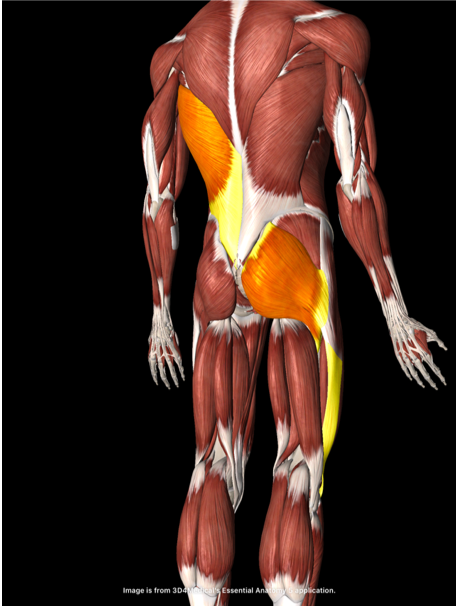
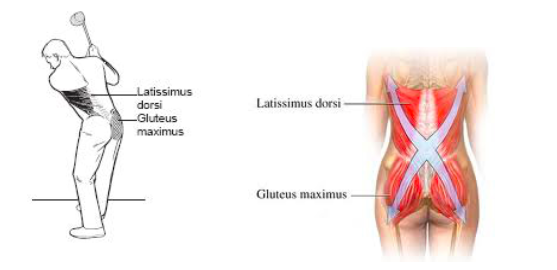
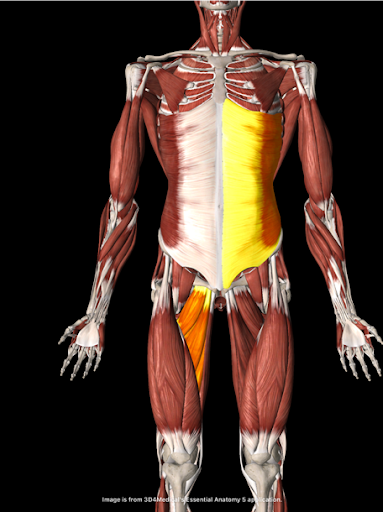
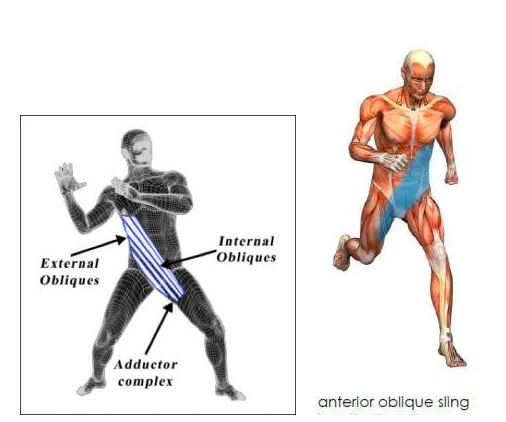
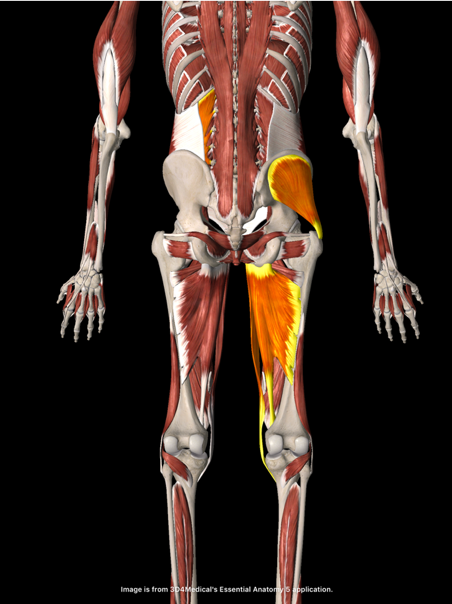
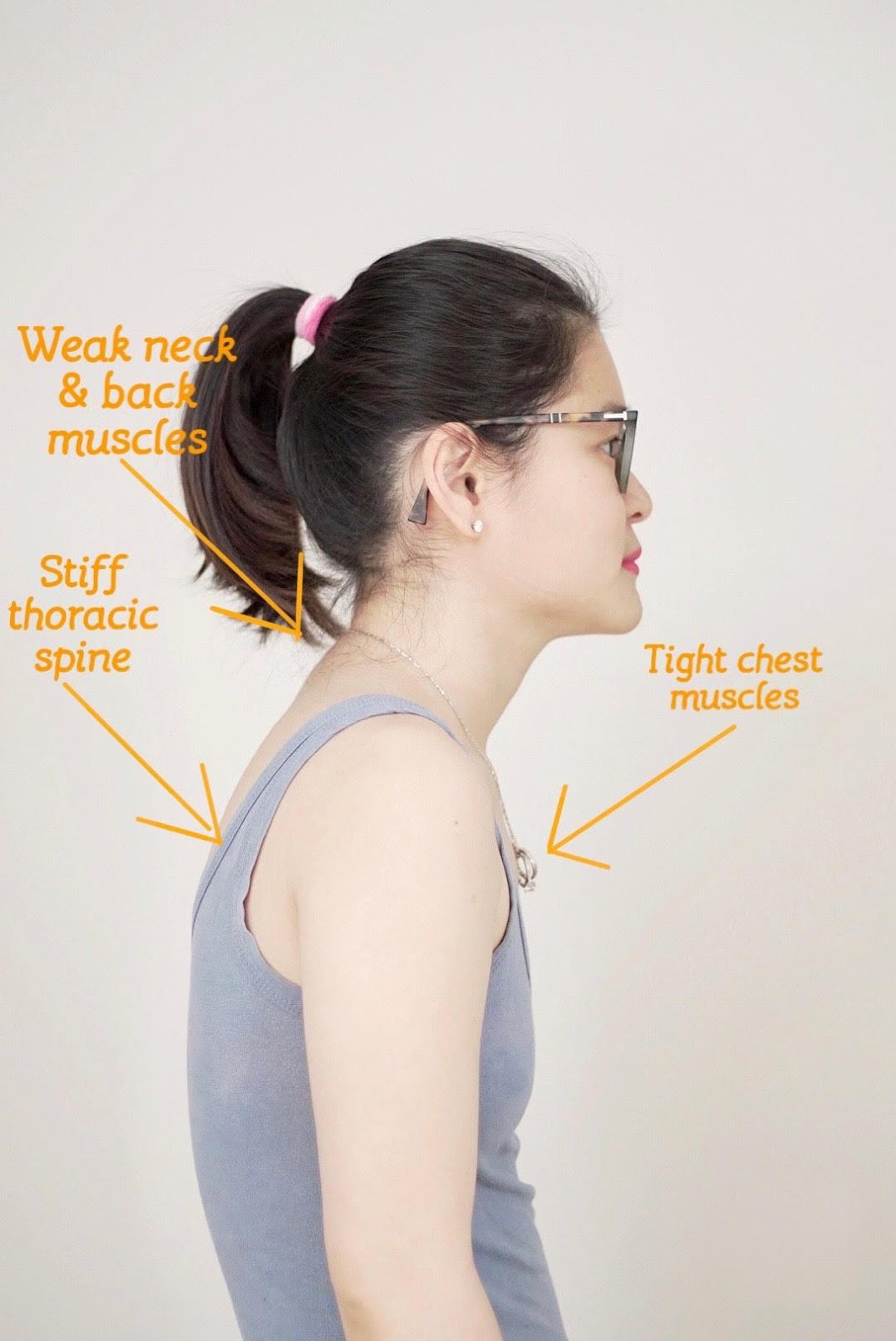 Rounded shoulders are mainly caused by:
Rounded shoulders are mainly caused by: